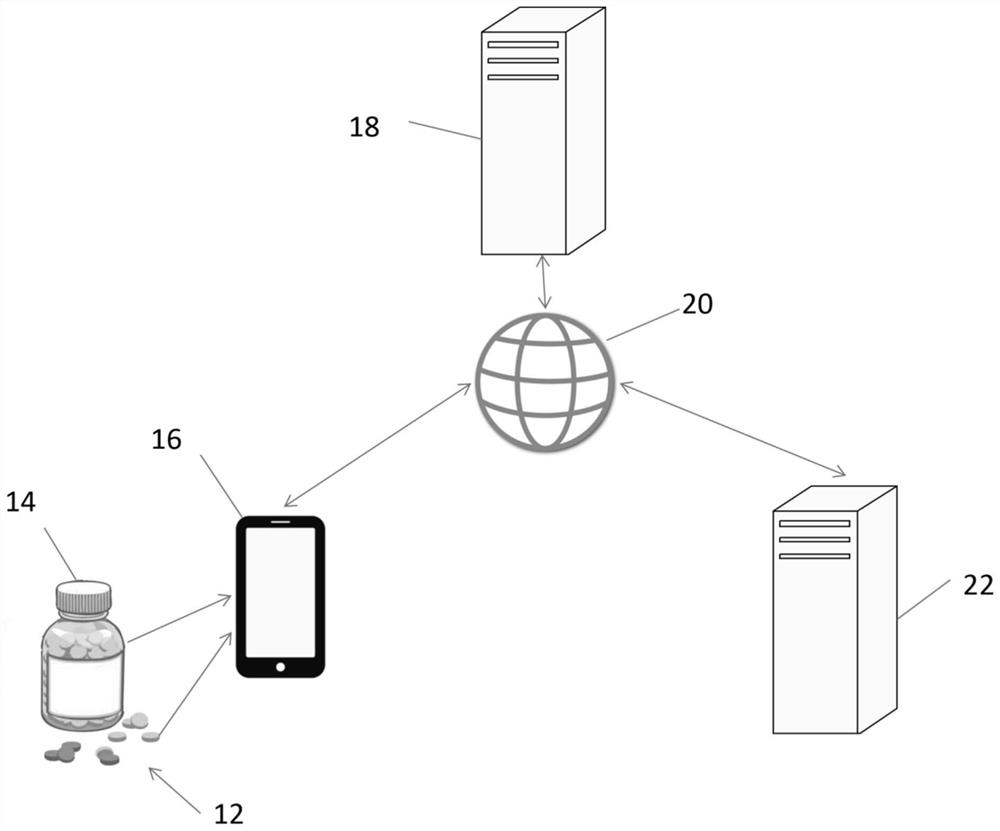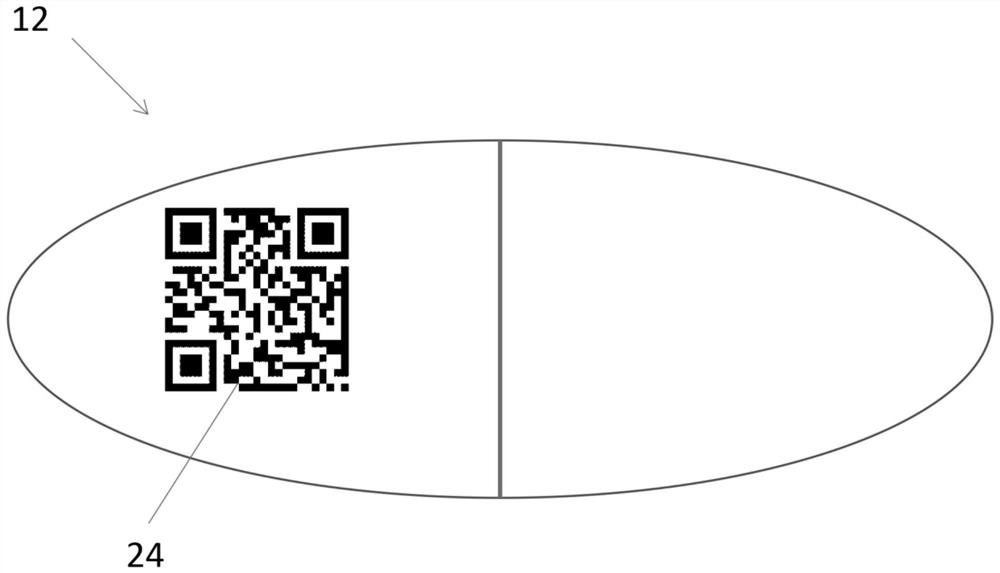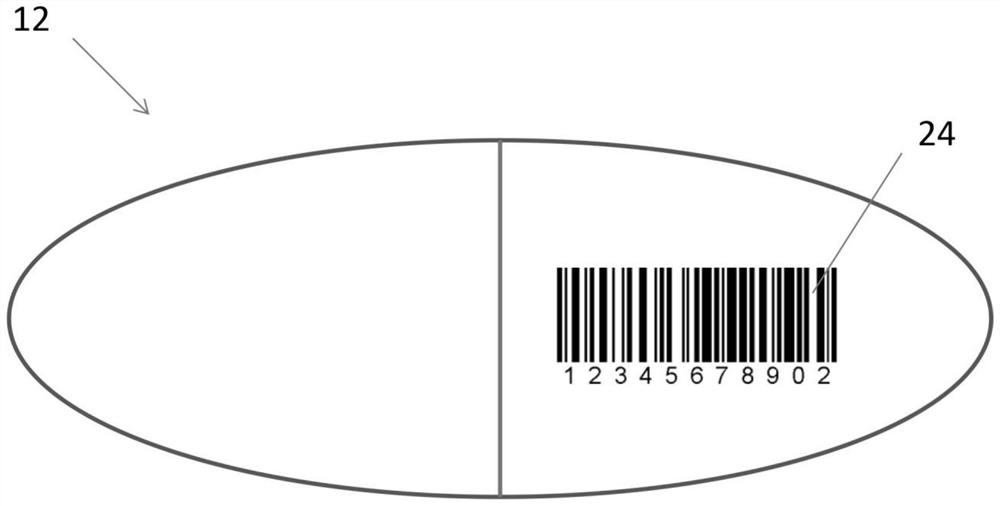System and method for the verification of medication
A technology for drugs and prescriptions, applied in the field of systems and methods for drug verification, which can solve problems such as the continued prevalence of prescription drug abuse, the inability to individually identify pills, and the inability to verify legal possession.
- Summary
- Abstract
- Description
- Claims
- Application Information
AI Technical Summary
Problems solved by technology
Method used
Image
Examples
Embodiment Construction
[0026] Now, various embodiments of the present invention will be described in detail with reference to the accompanying drawings. In the following description, specific details such as detailed configuration and components are provided only to assist the overall understanding of these embodiments of the present invention. Therefore, it will be apparent to those skilled in the art that various changes and modifications of the embodiments described herein can be made without departing from the scope and spirit of the invention. Also, descriptions of well-known functions and constructions are omitted for clarity and conciseness.
[0027] Figure 1 to Figure 5 An exemplary system according to the invention is illustrated. Medications 12 such as pills, tablets, capsules etc. are marked with a code 24. Code 24 may be a one-dimensional code such as UPC, EAN, Code 39, Code 128, ITF, Code 93, Codabar, GS1 Databar, MSI Plessey, and the like. Alternatively, the code 24 may be a two-d...
PUM
 Login to View More
Login to View More Abstract
Description
Claims
Application Information
 Login to View More
Login to View More - R&D
- Intellectual Property
- Life Sciences
- Materials
- Tech Scout
- Unparalleled Data Quality
- Higher Quality Content
- 60% Fewer Hallucinations
Browse by: Latest US Patents, China's latest patents, Technical Efficacy Thesaurus, Application Domain, Technology Topic, Popular Technical Reports.
© 2025 PatSnap. All rights reserved.Legal|Privacy policy|Modern Slavery Act Transparency Statement|Sitemap|About US| Contact US: help@patsnap.com



